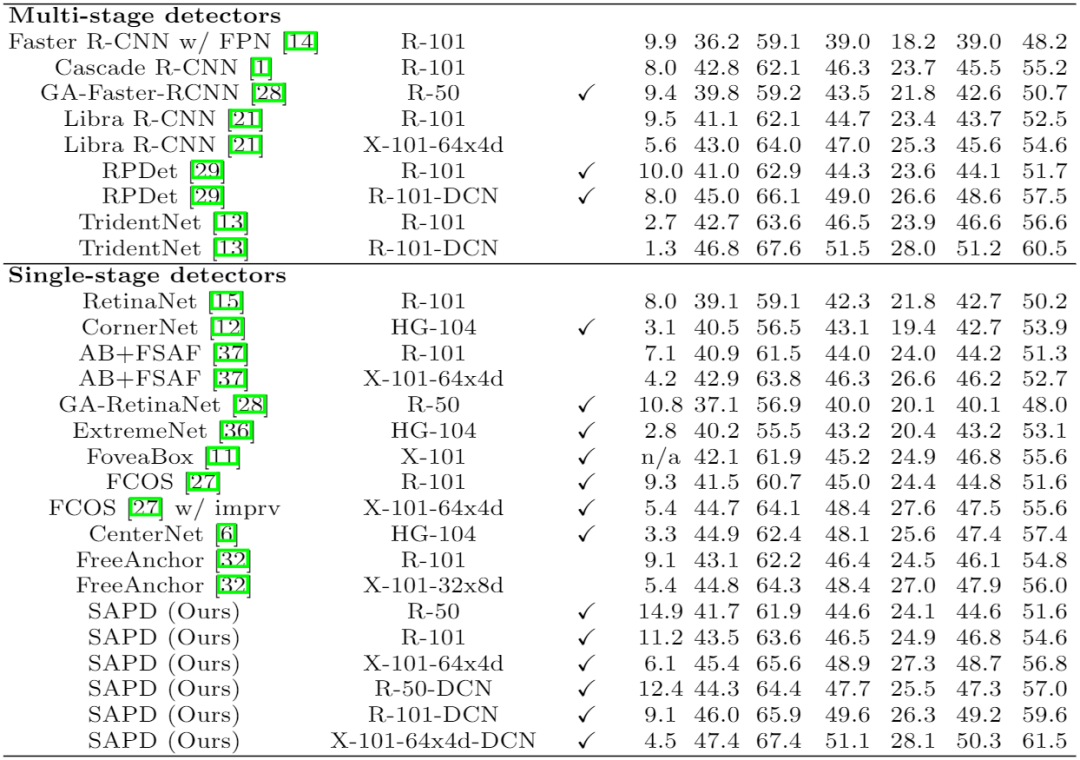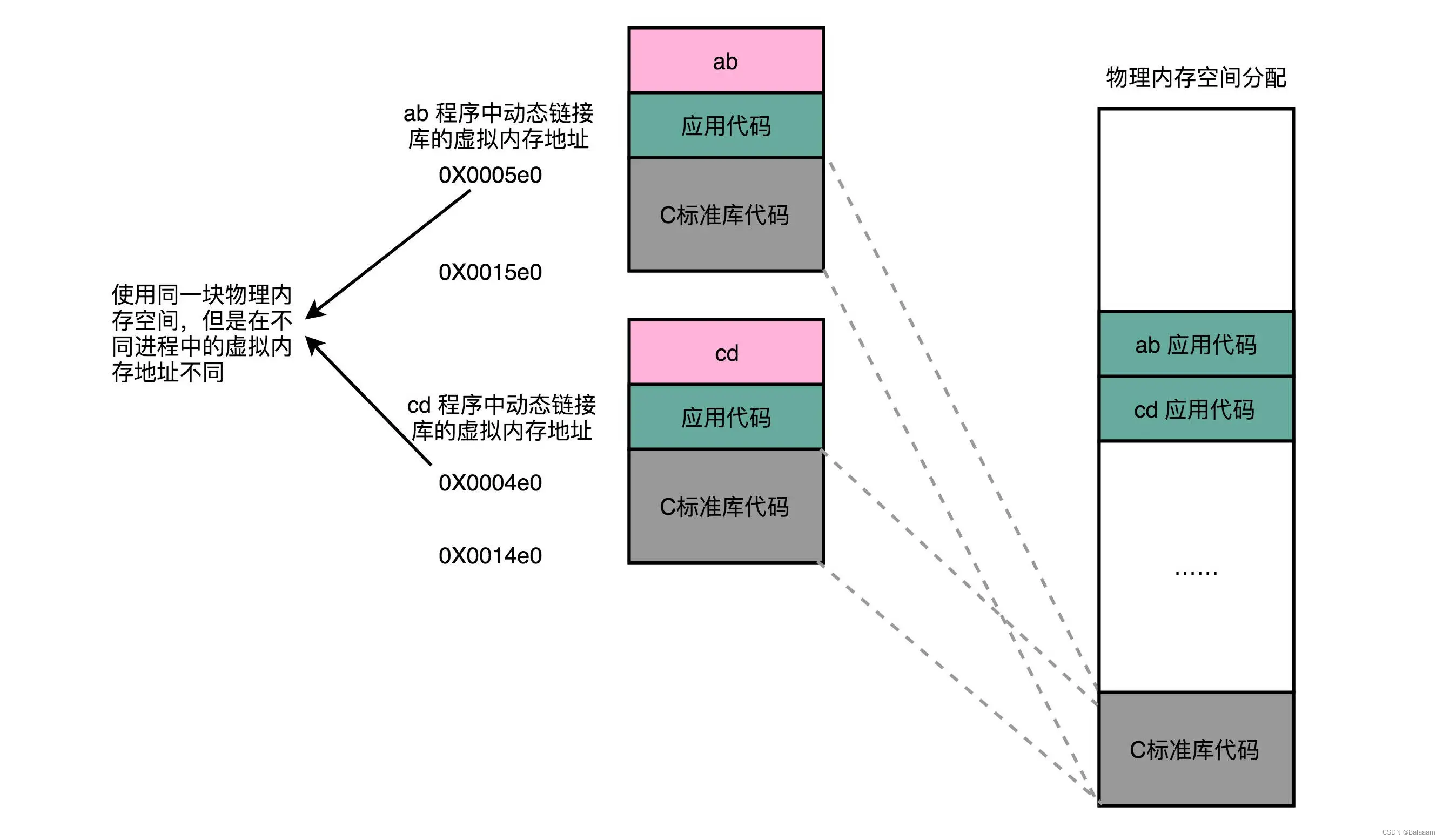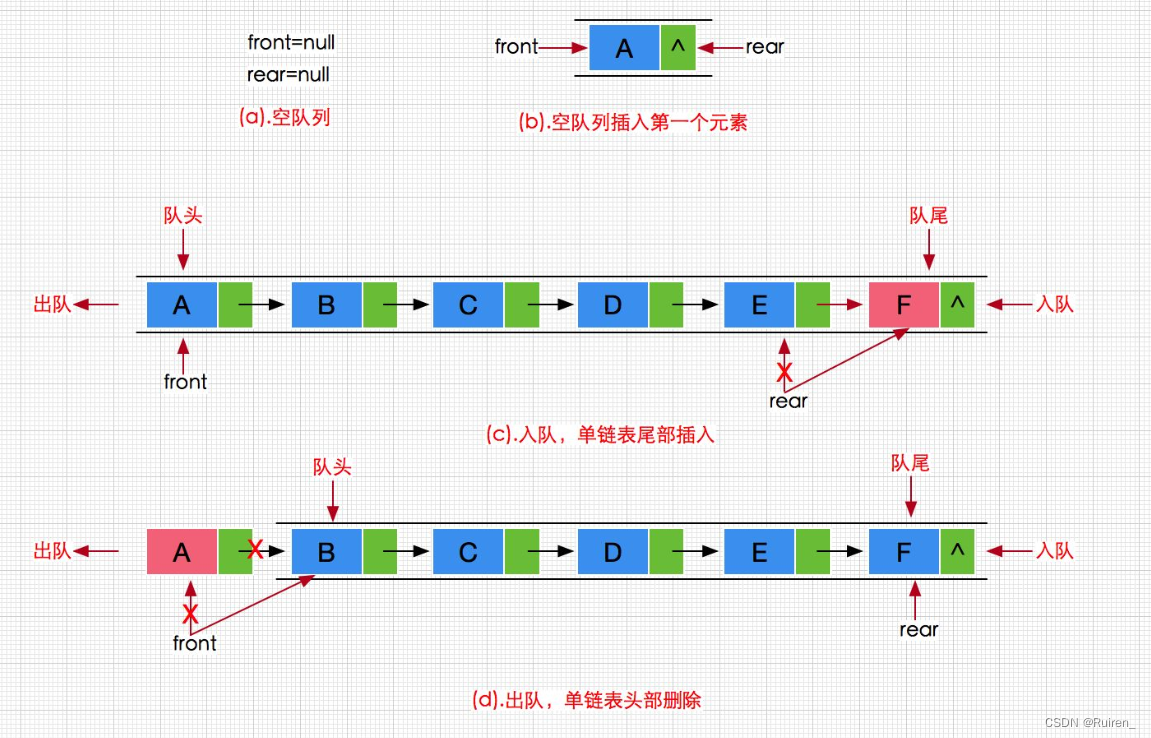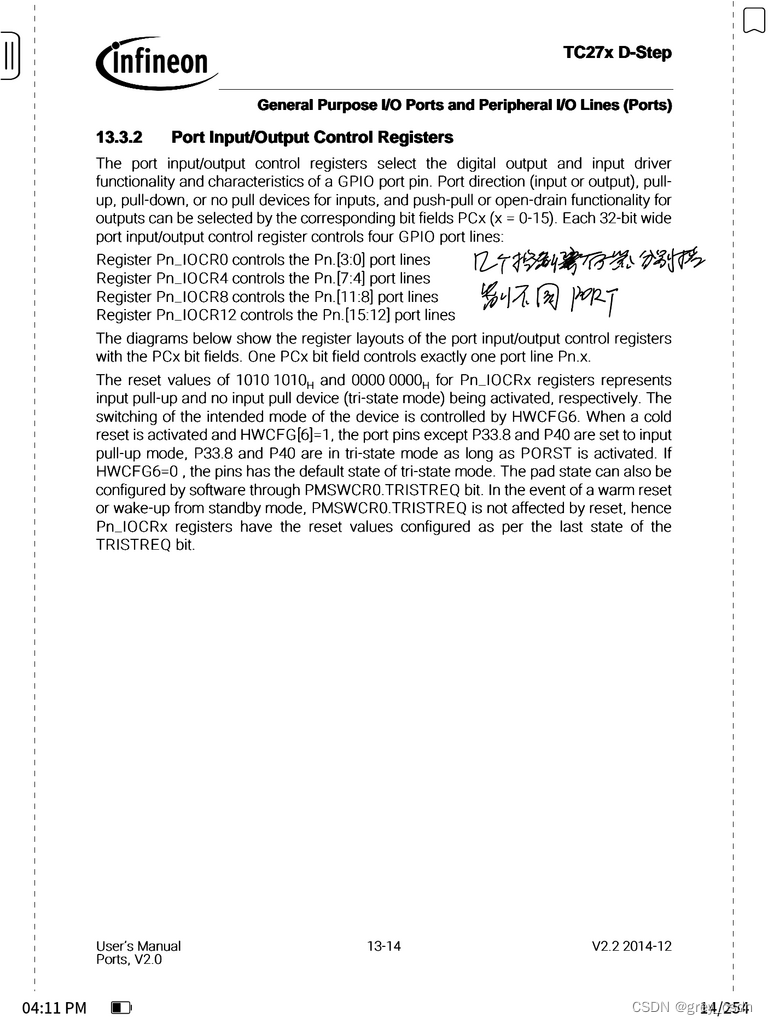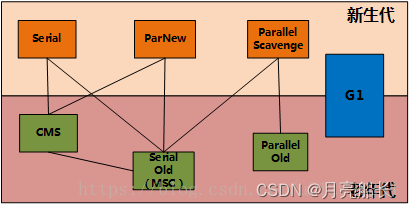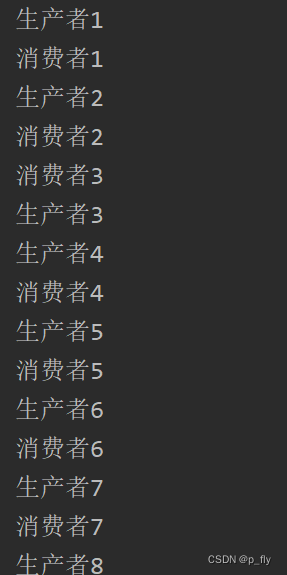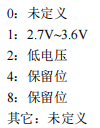1. 标识符
a. 第一个字符必须是字母表中字母或下划线 _;
b. 标识符的其他的部分由字母、数字和下划线组成;
c. 标识符对大小写敏感;
在 Python 3 中,可以用中文作为变量名,非 ASCII 标识符也是允许的;
2. 保留字
保留字即关键字,不能把它们用作任何标识符名称。Python 的标准库提供了一个 keyword 模块,可以输出当前版本的所有关键字:
执行以下代码:
import keyword
print(keyword.kwlist)
运行结果:
['False', 'None', 'True', '__peg_parser__', 'and', 'as', 'assert', 'async', 'await', 'break', 'class', 'continue', 'def', 'del', 'elif', 'else', 'except', 'finally', 'for', 'from', 'global', 'if', 'import', 'in', 'is', 'lambda', 'nonlocal', 'not', 'or', 'pass', 'raise', 'return', 'try', 'while', 'with', 'yield']
3. 注释
注释符号:#,', '''
一般单行注释用 #;
多行注释用 ''' 或 """;
4. 行与缩进
python最具特色的就是使用缩进来表示代码块,不需要使用大括号 {};
缩进相同的一组语句构成一个代码块,我们称之代码组。像if、while、def和class这样的复合语句,首行以关键字开始,以冒号(:)结束,该行之后的一行或多行代码构成代码组。
num = 4
if num==4:
print("is 4.")
elif num==5:
print("is 5")
else:
print("is 6.")
print("is 666.")
5. 多行语句
Python 通常是一行写完一条语句,但如果语句很长,我们可以使用反斜杠 \ 来实现多行语句。
num1 = 123
num2 = 456
num3 = 789
total = num1 + \
num2 + \
num3
print(total)
6. 同一行显示多条语句
同一行显示多条语句:Python 可以在同一行中使用多条语句,语句之间使用分号 ; 进行分割。
import sys; num=123;
print(num)
7. print输出
print 默认输出是换行的,如果要实现不换行需要在变量末尾加上 end="", 也可以自定义结束符字符串。
print(x) // 换行输出
print(x, end="") //不换行输出
print('i', 'love', 'you', sep='_') // 自定义分隔符
string="Chinese"
print(string)
print(string, end="")
print(string, end="%")
print('i','love','you.', sep='_') # i_love_you.
print('I', 'Love', 'You.', sep='_', end='^') # I_Love_You.^

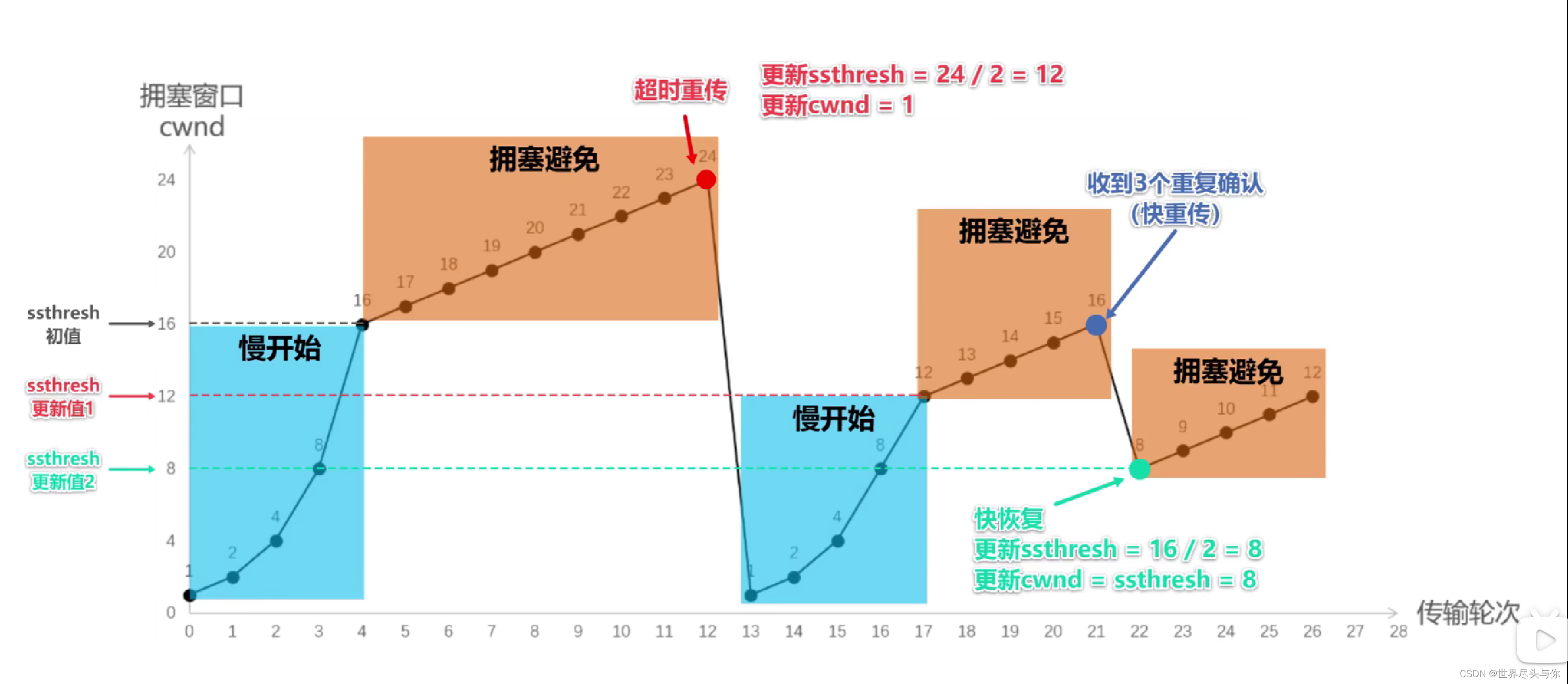
![搜索?——P3956 [NOIP2017 普及组] 棋盘](https://img-blog.csdnimg.cn/a3c6d4baab174af28d8e89618c2c060a.png)
